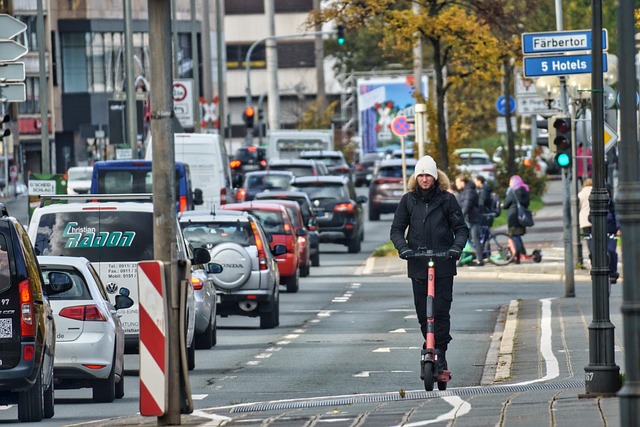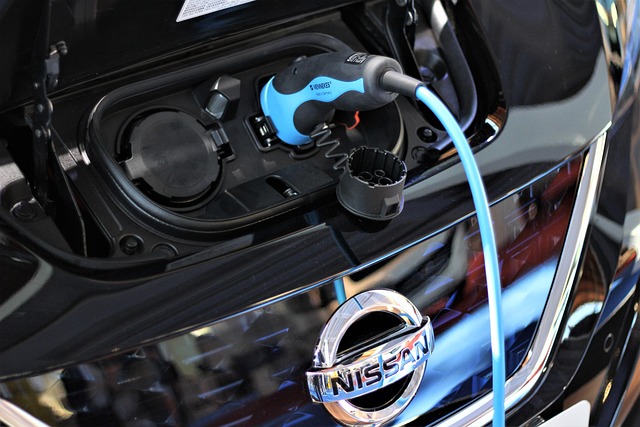Community space development plays a vital role in enhancing mobility within urban environments. In recent years, cities across the globe have increasingly recognized the need for spaces that foster connection, engagement, and movement. As we navigate our daily lives, the availability of well-designed community spaces not only enhances our mobility but also contributes significantly to the overall quality of life.
Picture your neighborhood: sidewalks bustling with families, parks filled with children laughing, and local markets where residents gather to celebrate their community. These spaces are more than just physical locations; they are the heartbeat of a vibrant urban environment, acting as catalysts for social interaction and physical activity. When thoughtfully designed, community spaces can not only encourage walking and cycling but also provide safe and accessible routes for all residents.
A prime example can be seen in the transformation of underutilized areas into lively community hubs. Parks, plazas, and greenways have emerged as critical components in promoting mobility, encouraging people to step outside and engage with their surroundings. When communities invest in such developments, they not only foster a sense of belonging but also promote sustainable modes of transportation, reducing reliance on vehicles and thereby enhancing air quality and reducing congestion.
Additionally, the integration of public art, seating areas, and interactive installations within community spaces can create a more engaging environment, drawing people in and inviting them to explore. These elements go hand-in-hand with mobility; as residents feel more connected and comfortable in their environment, they are more likely to walk, bike, or use public transport to navigate their city. This positive relationship demonstrates that enhancing mobility is not only about infrastructure but also about the quality of the spaces we create.
Moreover, community space development has been shown to impact mobility disparities, particularly in underserved communities. By prioritizing accessibility and inclusiveness in design, urban planners can ensure that all members of the community, regardless of age or ability, can engage with their environment. This focus on equity is crucial for fostering a sense of belonging and shared responsibility among residents, ultimately enhancing mobility for everyone.
As we envision the future of our cities, we must remember the importance of community space development in enhancing mobility. When we invest in creating dynamic, engaging, and inclusive spaces, we pave the way for healthier, more connected communities. By prioritizing human-centered design and fostering active lifestyles, we can create urban environments that not only serve our mobility needs but also enrich our lives.



